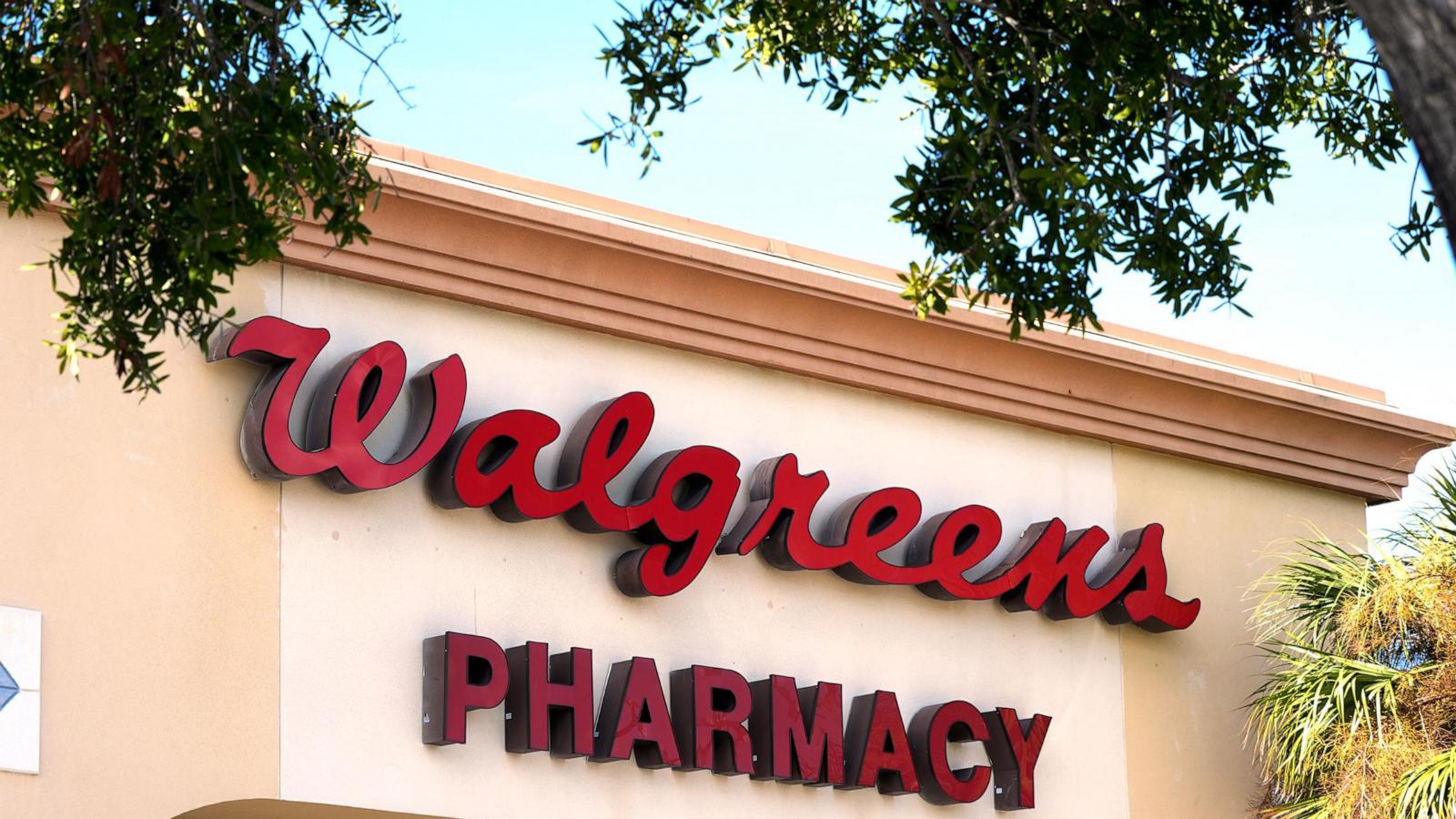Walgreens Faces Legal Heat: Millions of Unlawful Prescriptions and a $50 Billion Crisis
The US Justice Department just dropped a bombshell lawsuit against Walgreens, accusing the pharmacy giant of filling millions of prescriptions without a legitimate medical purpose, many involving dangerous quantities of opioids. This isn't just another corporate lawsuit; it's the tip of a massive iceberg exposing a deep, systemic problem fueling America's devastating opioid crisis. Prepare to be shocked as we delve into the allegations, the potential consequences, and the broader context of this ongoing national health emergency.
Walgreens: Accused of Reckless Opioid Dispensing
The Department of Justice (DOJ) alleges Walgreens knowingly filled prescriptions displaying clear red flags indicating potential illegality. The lawsuit, filed in the US District Court for the Northern District of Illinois, paints a picture of a company prioritizing profit over patient safety, turning a blind eye to suspicious prescribing patterns and pressuring pharmacists to fill prescriptions without proper verification. This isn't just about individual pharmacists; the DOJ argues it was a systematic issue within the company structure.
Systematic Failures or Malicious Intent?
The accusations against Walgreens go far beyond individual oversight. The DOJ claims that Walgreens ignored internal warnings from pharmacists and disregarded critical internal data highlighting potentially unlawful prescriptions. By allegedly hindering information-sharing between pharmacists, the company may have actively blocked warnings about high-risk prescribers, compounding the risk of overprescribing and contributing to the national opioid crisis. These actions could result in an unprecedented wave of legal and financial ramifications for the retail giant.
Ignoring Red Flags: The Cost of Speed over Safety
According to the complaint, the sheer volume of "unlawful" prescriptions raises serious questions about Walgreens’ dispensing protocols. Did they value speed over diligence, profit over safety, ultimately feeding the ever-growing opioid epidemic? Did Walgreens fully comprehend the gravity of its actions and the risk they posed to vulnerable communities battling addiction? A deep dive into the internal processes used in pharmacies during this period is clearly needed. Are more stringent prescription filling protocols needed to prevent similar instances? These questions must be answered.
The Bigger Picture: Opioids, Overdoses, and a $50 Billion Problem
This lawsuit isn't happening in isolation. Walgreens is the latest target in a wider crackdown on companies involved in the opioid epidemic. The opioid crisis has wreaked havoc on families and communities across the nation, leading to an estimated 80,000 overdose deaths annually in recent years—a human cost far exceeding any financial settlement.
Pharmaceutical Companies on Trial: An Epidemic of Accountability?
The DOJ's legal action follows the pattern of the past decade, where various stakeholders in the pharmaceutical supply chain are held accountable. The massive settlements—approximately $50 billion paid by drugmakers, wholesalers, and now pharmacies—reveal the sheer scale of this disaster and underline that more decisive changes within this system are long overdue. But will even a $50 billion sum erase the devastation these companies' past failures caused?
Focus Shift: From Prescription Pills to Illicit Fentanyl
While prescription opioids were once the primary culprit in opioid-related deaths, the tragic reality today is fentanyl, a much stronger and far more deadly synthetic opioid. The majority of overdose deaths currently involve fentanyl, often mixed with other illicit drugs. The ongoing crisis highlights that solving the opioid epidemic requires multiple facets of action. The pharmaceutical industry’s role in driving this pandemic needs further investigation and stringent regulatory changes.
Walgreens' Defense: Clarifying Responsibilities and Rules
Walgreens vehemently defends its practices, claiming it strictly adheres to all relevant laws and regulations when filling prescriptions written by licensed prescribers. They've argued the government's complaint involves "arbitrary rules" not established through proper regulatory channels.
A Fight For Pharmacist Protection?
Walgreens stresses their commitment to battling opioid misuse and frames the lawsuit as unfairly jeopardizing their pharmacists, putting them in an impossible situation, caught between ambiguous rules and the risk of both regulatory and criminal sanctions. Can the responsibility to enforce these often nebulous regulations realistically fall squarely on the shoulders of pharmacists working under challenging and understaffed conditions? How much protection is actually available for them?
Take Away Points
- The lawsuit against Walgreens underscores the ongoing opioid crisis and the far-reaching consequences of corporate actions.
- The DOJ's action is part of a wider trend holding various sectors of the pharmaceutical industry accountable for their role in this crisis.
- Walgreens contends that their procedures fully comply with existing regulations while also defending pharmacists’ positions amidst ambiguous governmental oversight and protocols.
- The evolution of the crisis, moving from prescription drugs to illicit fentanyl, indicates the complex, multifaceted nature of this significant national health issue.




